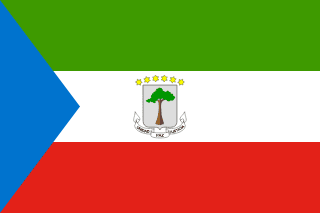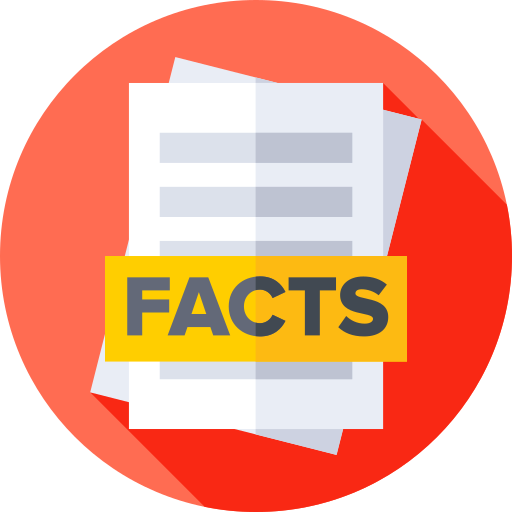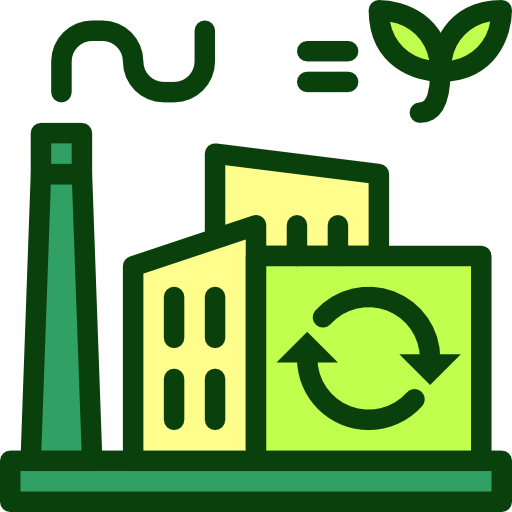Equatorial Guinea - Economy

How is the economy of Equatorial Guinea? Based on the information we have, Equatorial Guinea has a growing CEMAC economy and new OPEC member; large oil and gas reserves; targeting economic diversification and poverty reduction; still recovering from CEMAC crisis; improving public financial management; persistent poverty; hard-hit by COVID-19. Key agricultural products in this country include: sweet potatoes, cassava, plantains, oil palm fruit, root vegetables, bananas, coconuts, coffee, cocoa beans, chicken (2023).
More about the economy of Equatorial Guinea
| Labor force | 645,000 (2023 est.) |
|---|---|
| Industrial production growth rate | -12.92% (2023 est.) |
| Industries | petroleum, natural gas, sawmilling |
| Population below poverty line | |
| Taxes and other revenues | 6.6% (of GDP) (2022 est.) |
| Fiscal year | |
| Exchange rates | |
| Currency | Cooperation Financiere en Afrique Centrale francs (XAF) per US dollar - |
| Exchange rates 2023 | 606.57 (2023 est.) |
| Exchange rates 2022 | 623.76 (2022 est.) |
| Exchange rates 2021 | 554.531 (2021 est.) |
| Exchange rates 2020 | 575.586 (2020 est.) |
| Exchange rates 2019 | 585.911 (2019 est.) |
| Reserves of foreign exchange and gold | |
| Reserves of foreign exchange and gold 2023 | $1.538 billion (2023 est.) |
| Reserves of foreign exchange and gold 2022 | $1.458 billion (2022 est.) |
| Reserves of foreign exchange and gold 2021 | $44.271 million (2021 est.) |
| Current account balance | |
| Current account balance 2017 | -$738 million (2017 est.) |
| Current account balance 2016 | -$1.457 billion (2016 est.) |
| Public debt | |
| Public debt 2017 | 37.4% of GDP (2017 est.) |
| Budget | |
| Revenues | $3.62 billion (2022 est.) |
| Expenditures | $1.512 billion (2022 est.) |
| Budget surplus (+) or deficit (-) | |
| Remittances | |
| Remittances 2023 | 0% of GDP (2023 est.) |
| Remittances 2022 | 0% of GDP (2022 est.) |
| Remittances 2021 | 0% of GDP (2021 est.) |
| Imports | |
| Imports 2022 | $4.297 billion (2022 est.) |
| Imports 2021 | $4.351 billion (2021 est.) |
| Imports 2020 | $3.669 billion (2020 est.) |
| Imports (partners) | China 20%, Spain 17%, USA 10%, Gabon 5%, UK 5% (2023) |
| Comodities Imports force | ships, poultry, plastic products, beer, valves (2023) |
| Exports | |
| Imports 2022 | $4.297 billion (2022 est.) |
| Imports 2021 | $4.351 billion (2021 est.) |
| Imports 2020 | $3.669 billion (2020 est.) |
| Exports (partners) | China 27%, Netherlands 12%, Spain 10%, Italy 7%, Germany 6% (2023) |
| Comodities Exports force | crude petroleum, natural gas, alcohols, wood, scrap iron (2023) |
| Real GDP (purchasing power parity) | |
| Real GDP (purchasing power parity) 2023 | $28.985 billion (2023 est.) |
| Real GDP (purchasing power parity) 2022 | $30.539 billion (2022 est.) |
| Real GDP (purchasing power parity) 2021 | $29.585 billion (2021 est.) |
| GDP (official exchange rate) | $12.338 billion (2023 est.) |
| Real GDP Per capita | |
| Real GDP per capita 2023 | $15,700 (2023 est.) |
| Real GDP per capita 2022 | $16,900 (2022 est.) |
| Real GDP per capita 2021 | $16,800 (2021 est.) |
| GDP - composition, by sector of origin | |
| Agriculture | 3.1% (2023 est.) |
| Industry | 46.5% (2023 est.) |
| Services | 50.4% (2023 est.) |
| GDP - composition, by end use | |
| Household consumption | 52.7% (2023 est.) |
| Government consumption | 26.2% (2023 est.) |
| Investment in fixed capital | 9.3% (2023 est.) |
| Investment in inventories | 0% (2023 est.) |
| Exports of goods and services | 36.6% (2023 est.) |
| Imports of goods and services | -24.8% (2023 est.) |
| Unemployment rate | |
| Unemployment rate 2023 | 8.67% (2023 est.) |
| Unemployment rate 2022 | 8.75% (2022 est.) |
| Unemployment rate 2021 | 9.19% (2021 est.) |
| Youth unemployment rate (ages 15-24) | |
| Total | 16.4% (2023 est.) |
| Male | 15.1% (2023 est.) |
| Female | 17.8% (2023 est.) |
All Important Facts about Equatorial Guinea
Want to know more about Equatorial Guinea? Check all different factbooks for Equatorial Guinea below.
-
 Equatorial Guinea Factbook
Equatorial Guinea Factbook
-
 The Economy of Equatorial Guinea
The Economy of Equatorial Guinea
-
 Learn about the Government of Equatorial Guinea
Learn about the Government of Equatorial Guinea
-
 Communication in Equatorial Guinea
Communication in Equatorial Guinea
-
 Popular Universities in Equatorial Guinea
Popular Universities in Equatorial Guinea
-
 Enerny in Equatorial Guinea
Enerny in Equatorial Guinea
-
 Transport in Equatorial Guinea
Transport in Equatorial Guinea
-
 The Geography and society of Equatorial Guinea
The Geography and society of Equatorial Guinea
-
 The Environment of Equatorial Guinea
The Environment of Equatorial Guinea
-
 Military and security in Equatorial Guinea
Military and security in Equatorial Guinea
 English
English French
French German
German Italian
Italian Spanish
Spanish